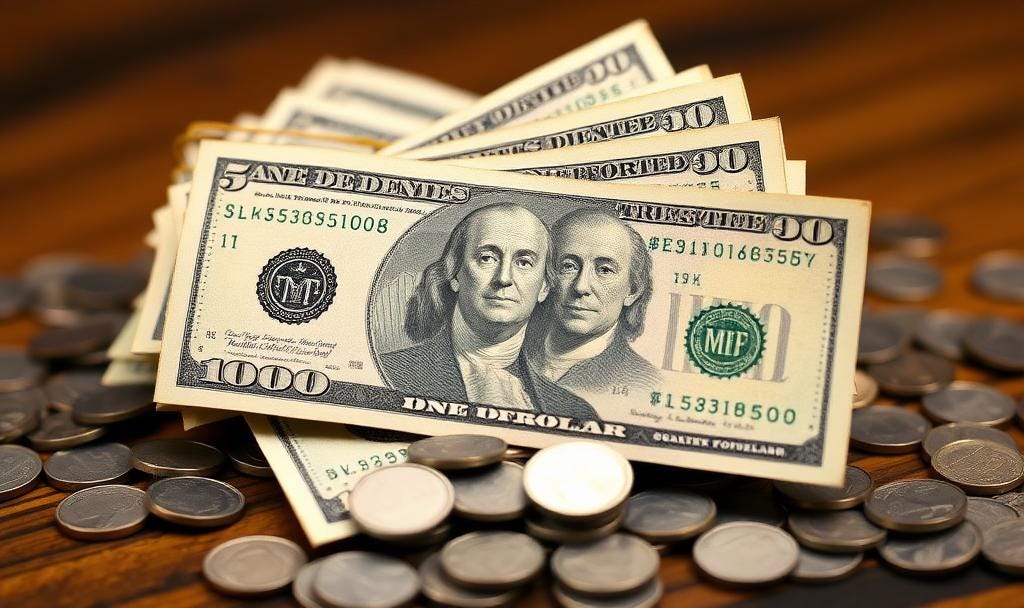How Digital and Software Companies Make Money From Consumers
Hello,
Every time we log into an app, click on a website, or subscribe to a tool, we’re participating in a business model. But have you ever paused to ask: How exactly do digital and software companies make money from us, the consumers?
Let’s break it down.
1️⃣ Subscription Models
Think Netflix, Spotify, or Adobe Creative Cloud.
Instead of buying once, you pay monthly or annually. Companies love this because it gives them predictable recurring revenue, while consumers trade ownership for ongoing access and updates.
👉 Why it works: predictable cash flow, loyal customers, continuous engagement.
2️⃣ Freemium + Premium Upsell
Apps like Dropbox, Slack, or Zoom hook you with free plans, then charge for advanced features, storage, or team functionality.
👉 Why it works: the free tier attracts massive user bases, and even if only a small percentage upgrade, it creates huge revenue at scale.
3️⃣ Advertising Revenue
Platforms like Facebook, Instagram, and YouTube don’t charge you directly. Instead, your time, attention, and data fuel targeted ads.
👉 Why it works: advertisers pay big money for access to highly segmented audiences.
You’re not the customer—you’re the product.
4️⃣ In-App Purchases & Microtransactions
From mobile games to productivity apps, small purchases add up: skins, coins, boosts, extra storage, or custom features.
👉 Why it works: low-friction spending creates billions in revenue when spread across millions of users.
5️⃣ Licensing & Enterprise Contracts
B2B software (think Microsoft Office 365, Salesforce, or SAP) sells usage rights—per seat, per user, or per company. Often, contracts run into six or seven figures annually.
👉 Why it works: sticky products become embedded in company workflows, making them hard to replace.
6️⃣ Data Monetization
Not always obvious, but some companies package aggregated, anonymized data into insights for partners or advertisers.
👉 Why it works: data is the new oil—valuable for shaping business decisions and market strategies.
7️⃣ Ecosystems & Marketplaces
Think Apple’s App Store, Google Play, or Shopify. These companies make money by charging developers or sellers a percentage of each transaction.
👉 Why it works: scale + network effects. More apps or sellers attract more users, creating a flywheel.
📝 Final Thoughts
Consumers often see digital services as “free” or “cheap,” but behind every interface is a carefully designed revenue model.
Understanding how companies monetize can make you a more informed consumer—and a sharper professional if you work in tech.
🔍 Next time you use a digital product, ask yourself: Am I paying with money, attention, or data?
💬 What do you think? Which of these models do you interact with the most in your daily life?
Until next time,
codeforweb
Let’s stay connected across all platforms!
Instagram: @angular_development
Facebook: Learn Angular
Software Dev: TopMate.io
Threads: @angular_development
LinkedIn: InfoWeb Technologies
Training Portal: Beginner to Pro Training
Newsletter: CodeForWeb Substack
Pinterest: Tech Nerd Life
Portfolio: InfoWeb Technologies
Projects: Next Generation Projects
📧 For business inquiries:
Feel free to contact us at softwaredeveloper321@protonmail.com


